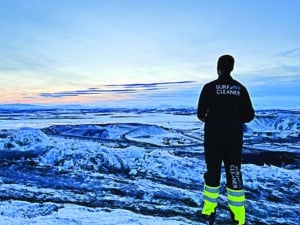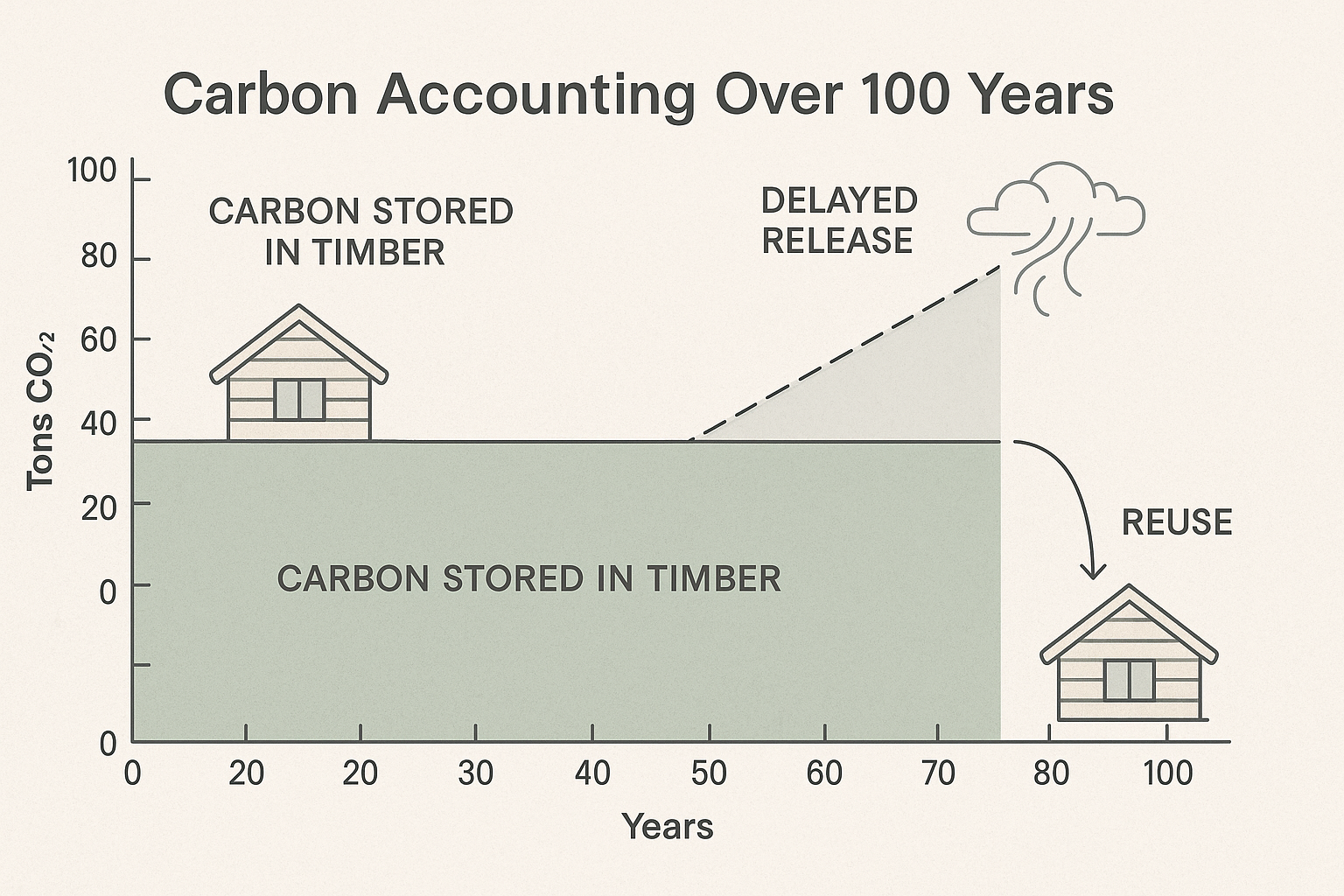Australian Mining sat down with Surfcleaner to discuss the company’s patented surface separator technology.
Underground mines can be prone to poor air quality, with diesel particulates and volatile organic compounds (VOCs) posing risks to worker health and overall productivity.
Both surface and underground mines can also face problems of water being polluted by oil and diesel, potentially polluting rivers or groundwater as a result.
But what if VOCs could be mitigated and underground mines could be freed of the air pollution to which they are commonly exposed, and there would be an efficient way to address water contaminated with oil and diesel?
Enter Surfcleaner, which has developed patented surface separator technology to support the collection of hydrocarbons before they enter the air or end up in water.
The surface separator has three operations built into one system – collection, separation and discharge.

“Based on gravimetric separation, the Surfcleaner technology supports the separation of fluids due to density difference,” Surfcleaner chief executive officer Johnny Sajland told Australian Mining. “A flow of water, oil and/or diesel is collected at the centre of the system. With negative pressure, created by a propeller at the bottom of the system, an inlet flow is created at the centre of the unit.”
When fluid reaches the deflection discs, the fluid velocity decreases, and the separation takes place.
Hydrocarbons rise inside the Surfcleaner unit, with clean water exiting from the bottom. When the machine becomes full of hydrocarbons, the pollutants are automatically discharged into an external tank or floating barge.
The Surfcleaner machines, made up of the SCO 8000 and SCO 1000 models, are fully automated systems, with the SCO 1000 unit able to be operated from a mobile phone or tablet.
Internet of Things (IoT) enables operators to monitor the separation process in real-time, and data can be downloaded to support further analysis or create reports.
Sajland said Surfcleaner technology stands apart from what is available elsewhere on the market.
“The Surfcleaner technology completes three operations all within a single system,” he said.
“This is achieved with high separation efficiency (up to 99.5 per cent) and extremely low power consumption, a combination we believe is unmatched by any other technology in the market.
“Additionally, our system is highly adaptable to demanding environments, proving less sensitive to sediment, sand particles and dust from drilling operations compared to alternatives like high-speed separators and filtration systems.”
Surfcleaner’s technology can remove oil layers as thin as 0.1 micrometre (μm), continuously ensuring a completely oil-free water surface. And with the SCO 1000 weighing in at less than 30kg, the machine is also easily portable, offering flexibility in emergency oil spill situations while maintaining high performance.
Surfcleaner can significantly improve working environments in underground mines, improving water quality, enhancing a mining company’s environmental performance and its social license to operate.
“Surfcleaner’s system effectively removes surface pollution and significantly reduces VOC emissions, improving air quality and the working environment,” Sajland said.
“In sites where the Surfcleaner technology has been installed, mine workers have noted a noticeable improvement in air quality, particularly in underground mines. This is due to the system continuously collecting and separating hydraulic oil and other contaminants from the water surface, preventing the evaporation of hydrocarbons into the air.”
The ability to generate data provides complete visibility of a Surfcleaner operation, with energy usage, the volume of oil collected, and the amount of water processed able to be monitored.
This can support sustainability reporting and operators’ compliance with water regulations.
Mandalay Resources, which uses the system at a gold mine in northern Sweden, has been a key beneficiary of Surfcleaner’s technology. In just five days, the company was able to recover 400 litres of oil from the pumping area where it was situated.
“This is a massive difference and is making the entire process of managing wastewater much easier ensuring we operate well within national mining industry regulations,” the foreman of Mandalay Resources Sweden’s mining construction division said.
Surfcleaner not only sees a market for its technology in underground mines, but also in metal processing applications such as smelters, as well as in power generation.
And given the company’s technology is proven in all these applications, Surfcleaner is ready to make a mark in Australia. The company aims to establish direct partnerships with Australian mining companies and distributors to further the technology’s reach.
“Local distributors will be instrumental in communicating the sustainability benefits of our technology to stakeholders, helping Surfcleaner position itself as a leader in the green technology space and achieve long-term growth,” Sajland said.
This feature appeared in the November 2024 issue of Australian Mining.




